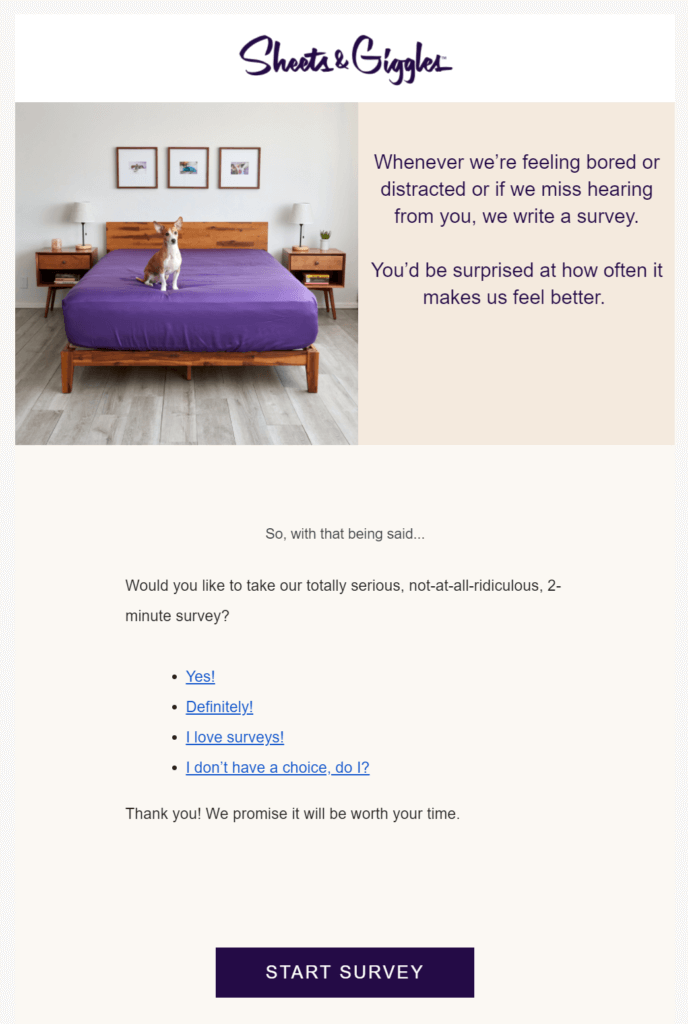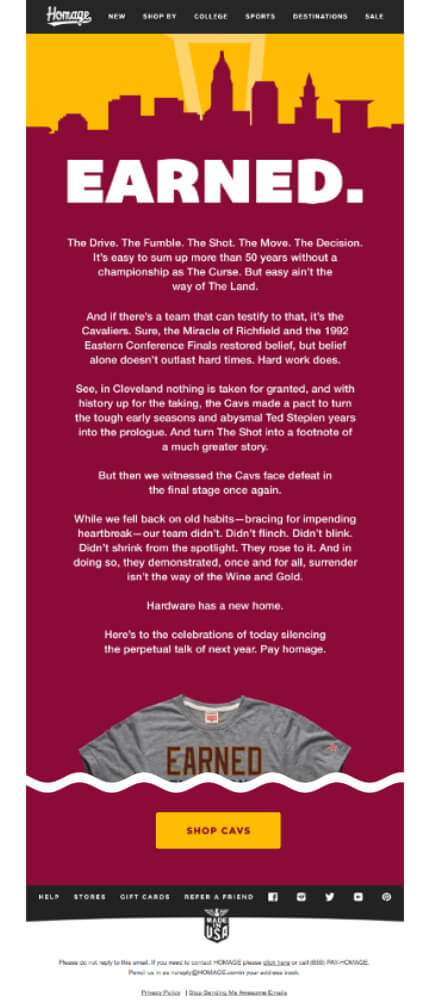Is your nurture campaign stressing out your leads?

When was the last time you got excited to see a new email in your inbox? Maybe it was a job offer or a virtual gift card on your birthday (thanks, Mom!). Most of the time, though, an email notification brings with it a weight of responsibility. Pay this bill. Respond to this invite. Watch this video. Read this article. DO SOMETHING. Gone are the days when each email felt like a gift. Now inboxes cause dread and anxiety—even when notifications are turned off.
Recipients still say that email is their preferred channel for marketing communications. So why, despite myriad technological solutions aimed at increasing the sophistication of email marketing, do marketers find it so challenging for their lead nurture campaigns to generate responses?
The answer lies in a fundamental disconnect between sender and recipient. Typically, the sender (let’s say that’s you) is trying to provide value. But with every email, however nicely curated and educational your links may be, you are assigning your recipient a task.
Around 300 billion emails are sent worldwide per day—and by one estimate the average worker has 651 unread emails. The email onslaught is so immense that people are willing to pay to have more control over their inboxes. When you look at it from a lead’s perspective, the most valuable thing a marketer could do would be not sending an email in the first place. Barring that, however, what really provides value?
How can email nurture campaigns provide real value to leads?
It’s simple: emotional connection. We want to be entertained, amazed, shocked. Hooked. How you tease your curated content, how you lead up to your perfectly crafted CTA, is arguably the most important piece of the puzzle.
Laura Belgray of Talking Shrimp has made it her career to teach others how to write better emails, and in her nurture campaigns she practices what she preaches. Sheer entertainment value keeps people engaging with her brand even if they think they don’t need her services … yet.

Or what if you offered no curated content at all in your next touch? What if you just dropped in and said hello—could you be that presumptuous? If your greeting offers emotional value, it may be worth it. Consider this email from bedding company Sheets & Giggles, which contains a link to a “totally serious, not-at-all-ridiculous” survey.
The survey is indeed ridiculous, full of questions about what the respondent last dreamed about and whether plant girls are the new cat ladies. The surprise reward for completing the survey is a 10% off coupon, but the real value this email provides recipients is a moment of fun and distraction in an inbox full of unpleasantness.
If humor is not a part of your brand voice or if your company deals in matters that would make levity feel inappropriate, this kind of emotional connection can seem beyond reach. It isn’t. Every business can tap into the magic of story. Take a look at this example from Homage, a sports fan apparel company, and consider how you could use a similar tactic for, say, financial industry insights or a fundraising request from a charity organization.
Storytelling—authentic case studies, compelling serialized content or just plain yarn spinning—has the power to make your recipients seek out your emails. And as the aftermath of GDPR showed, when recipients truly want your emails, they engage with them.

Nurturing a lead these days takes more than just offering up information and following a checklist of best practices for optimization. It takes empathy. It takes not losing sight of the fact that your recipients are humans with far too many stressors.
Next time you email someone, give them a gift that they would want to receive.














